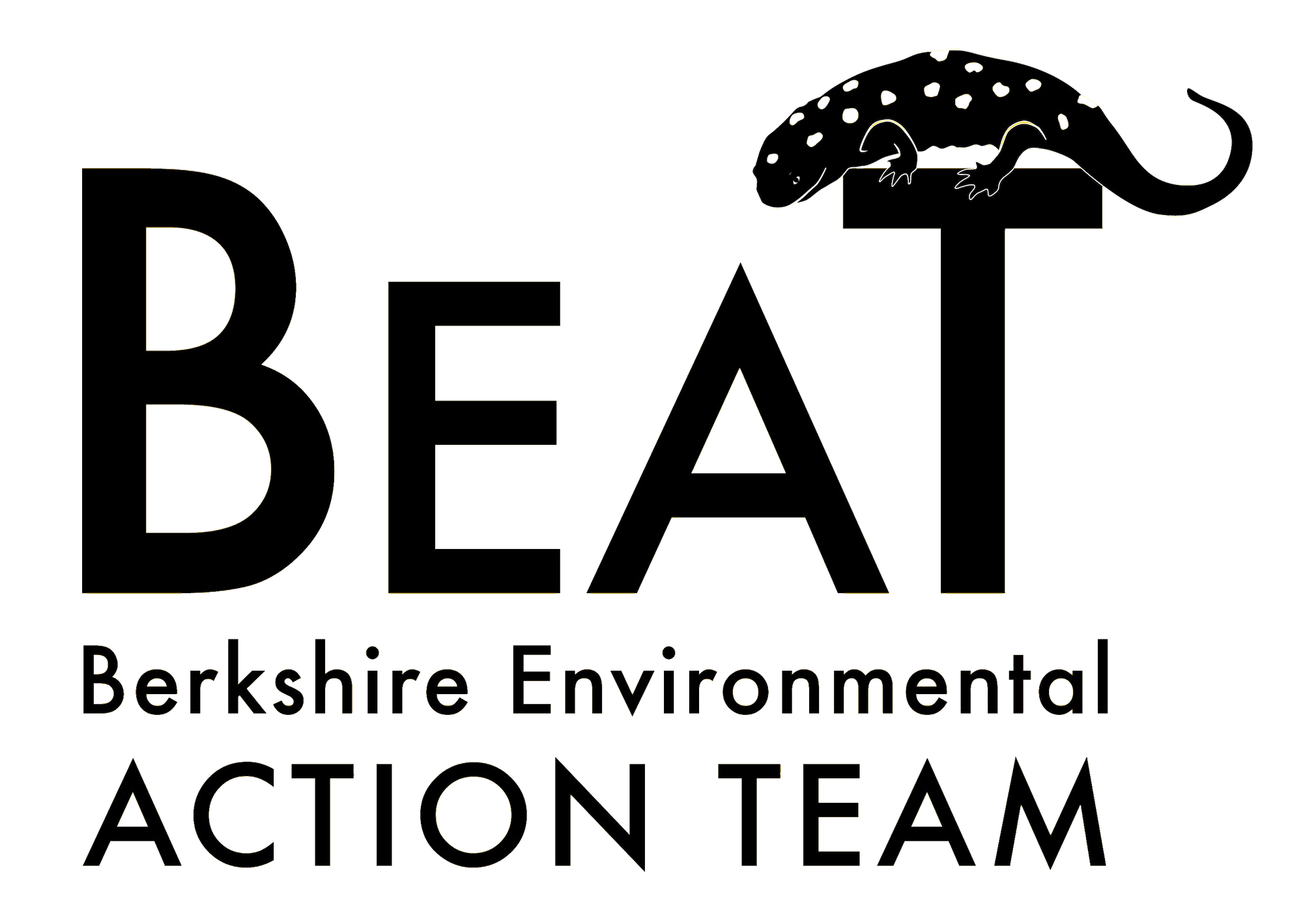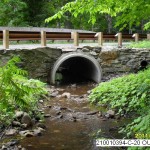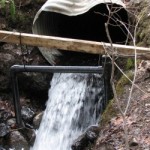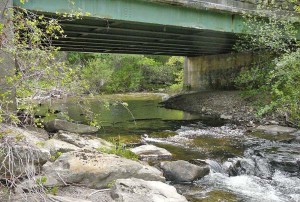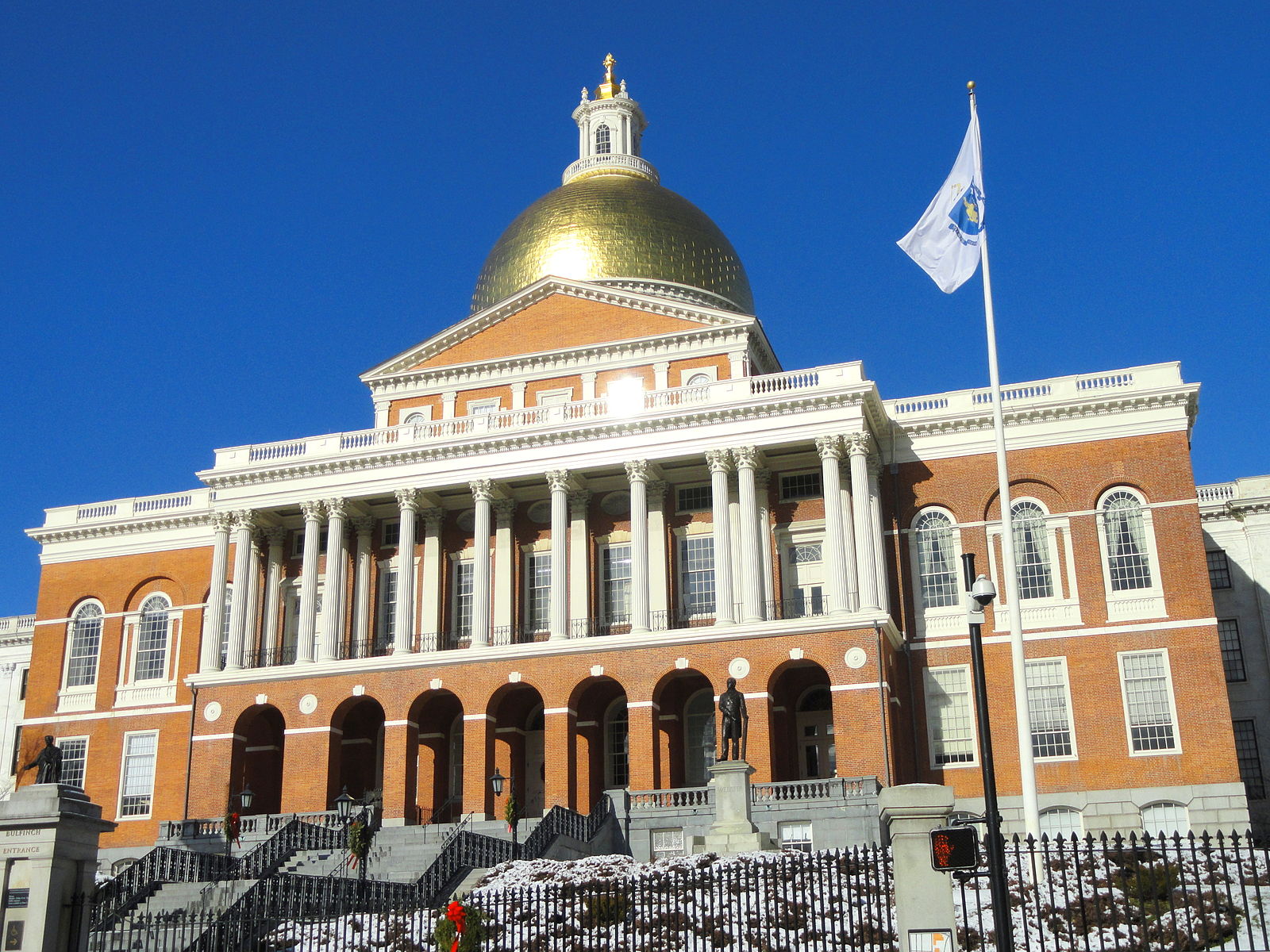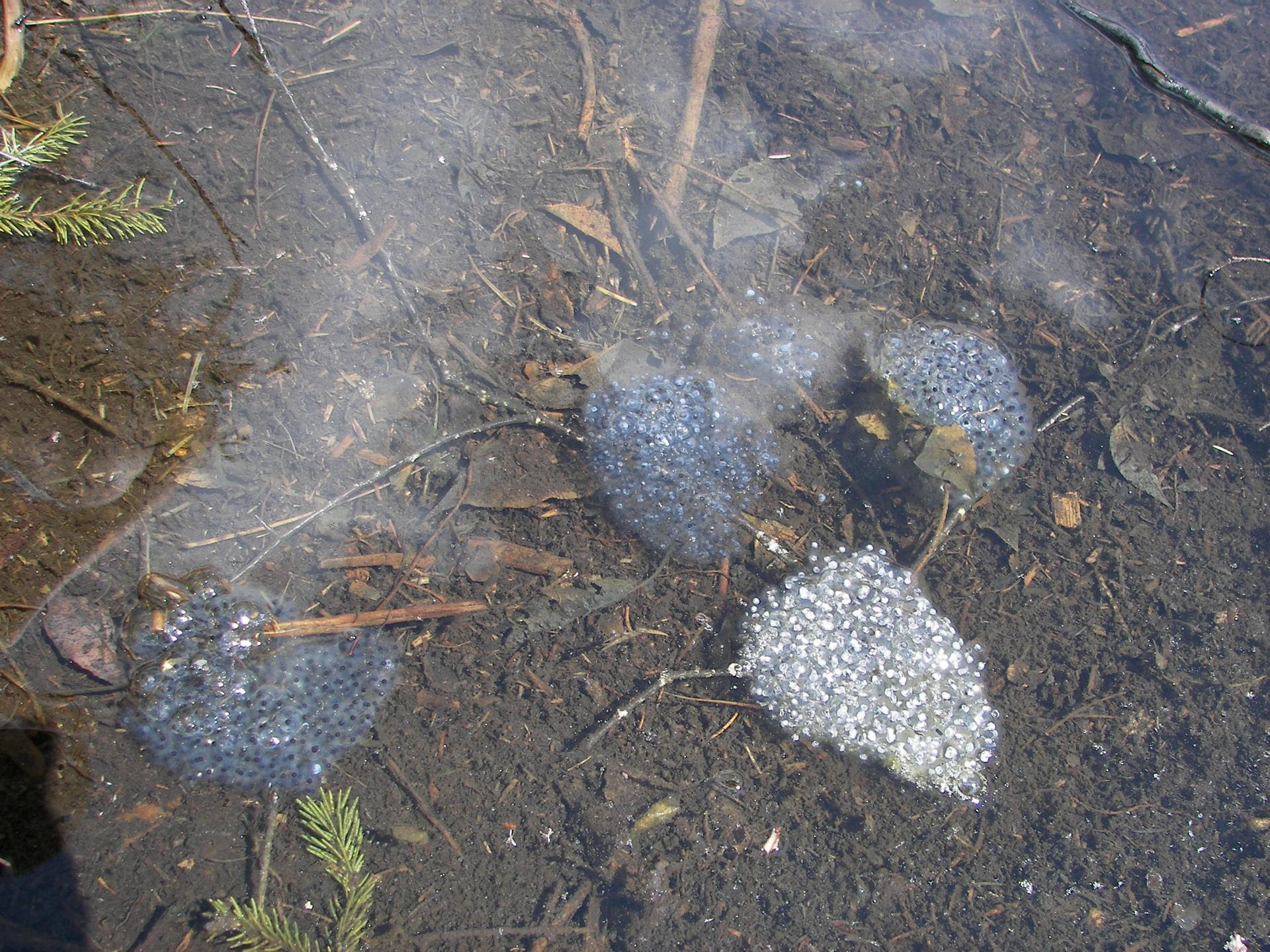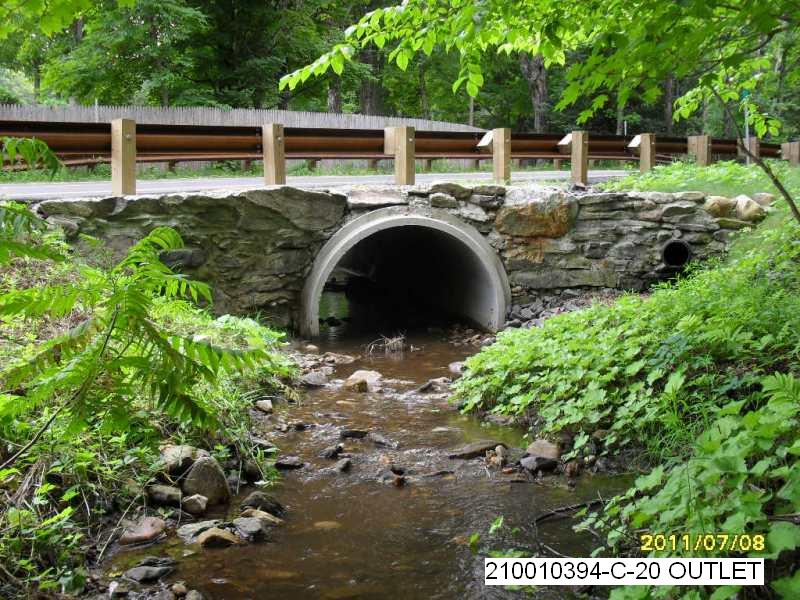
BEAT Creates Culvert Presentation For Berkshire Conservation Commissions
For the past five years, BEAT has been photographing and measuring all of the places in Berkshire County where roads cross streams. The study is part of a project organized by the University of Massachusetts, The Nature Conservancy, and the Massachusetts Division of Ecological Restoration (formerly Riverways). There are about two thousand stream crossings in the Berkshires. To collect data for such a large undertaking, BEAT works with the Hoosic River Watershed Association in the Hoosic River watershed and with the Housatonic Valley Association in the Housatonic River watershed. (In another story on this website, we reported the reasons for this project.)
And now, armed with data and photos, BEAT is visiting all of the Conservation Commissions in Berkshire County to explain to Conservation Commissioners why properly designed stream crossings are important to wildlife and to flood prevention.
There are many ways to design a stream crossing. A common way of allowing water to pass under a roadway is to install a culvert. Most of these are just round metal or plastic tubes. They have been important ever since there were roads. But now that we are facing climate change, properly designed and properly sized culverts are critical. Here in the Northeast, we are already experiencing more frequent and more intense rainstorms. Ensuring that our culverts carry water efficiently and is more important than ever if we want to minimize flooding.
Also, wildlife populations all over the world are migrating to cooler habitats in response to increasing temperatures and to climate change. Properly designed crossings play a role here as well. New state guidelines specify that culverts should be wider than the actual streambed. This extra width, which will be dry except in times of very high water, provides a safe path across roads for non-aquatic wildlife such as raccoons, mink, porcupines, and in some of the larger waterways, deer and bear. This helps animals in their migrations and in their everyday movements.
This is a culvert.
It provides a passageway under the road. That’s what culverts do. They allow water to pass under roadways, footpaths, train tracks, etc. But improperly designed culverts pose a problem to the movement of fish and other wildlife.
Take a look at this improperly installed culvert. This is called a perched culvert. It creates a small waterfall that some fish can’t climb or jump.
Culverts can also be perched on the upstream end. This means that in times of low water the stream actually stops flowing. It won’t flow again until the water level gets high enough to enter the culvert.
Here’s a funny little video that illustrates the problem from the perspective of a fish.
Here is a properly designed stream crossing. Spans such as this are a vast improvement over culverts. They can be constructed on a much smaller scale to replace culverts such as those in the photos above.
Some points to note are that the span is wider than the streambed, except in times of high water. Also note that the stream maintains a natural substrate and a uniform gradient as it passes under the roadway. From the perspective of a fish or other animal, the only indication that it is passing under a roadway will be a brief shadow.
Improperly installed or designed culverts, especially undersized culverts, can also lead to the flooding of roadways. (Recently we reported on our victory in getting the state of Massachusetts to update its its stormflow calculations.) Now that we are well into the project, we are taking our show on the road, so to speak.
Our presentation to conservation commissions educates the commissioners on why culvert design is important to public safety and to environmental protection. We are able to provide the commissioners in each city and town with information on the condition of each culvert in their community. This allows them to make informed decisions when its time to replace a culvert or when project proposals come before them. With climate change upon us, we have to do everything we can to ensure that we are prepared.
This project has been funded by the Massachusetts Environmental Trust, the Natural Resources Damages Trustees, the TransWild Alliance, and the Berkshire Environmental Endowment Fund.
